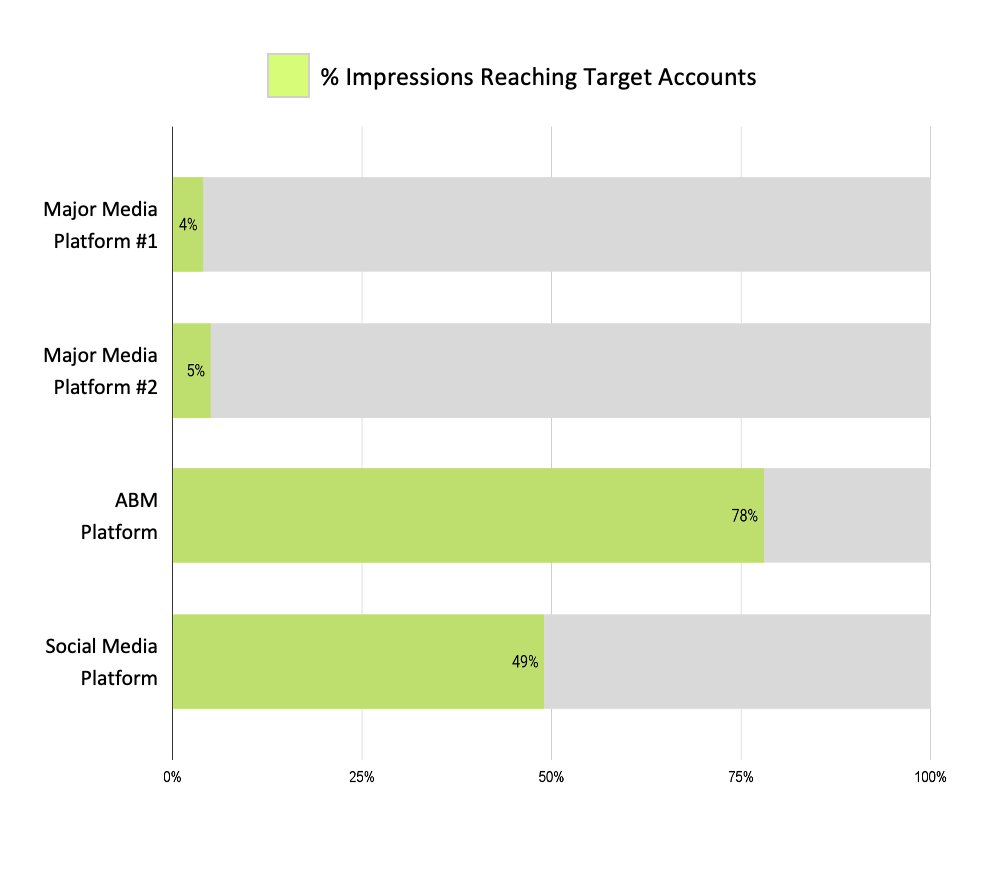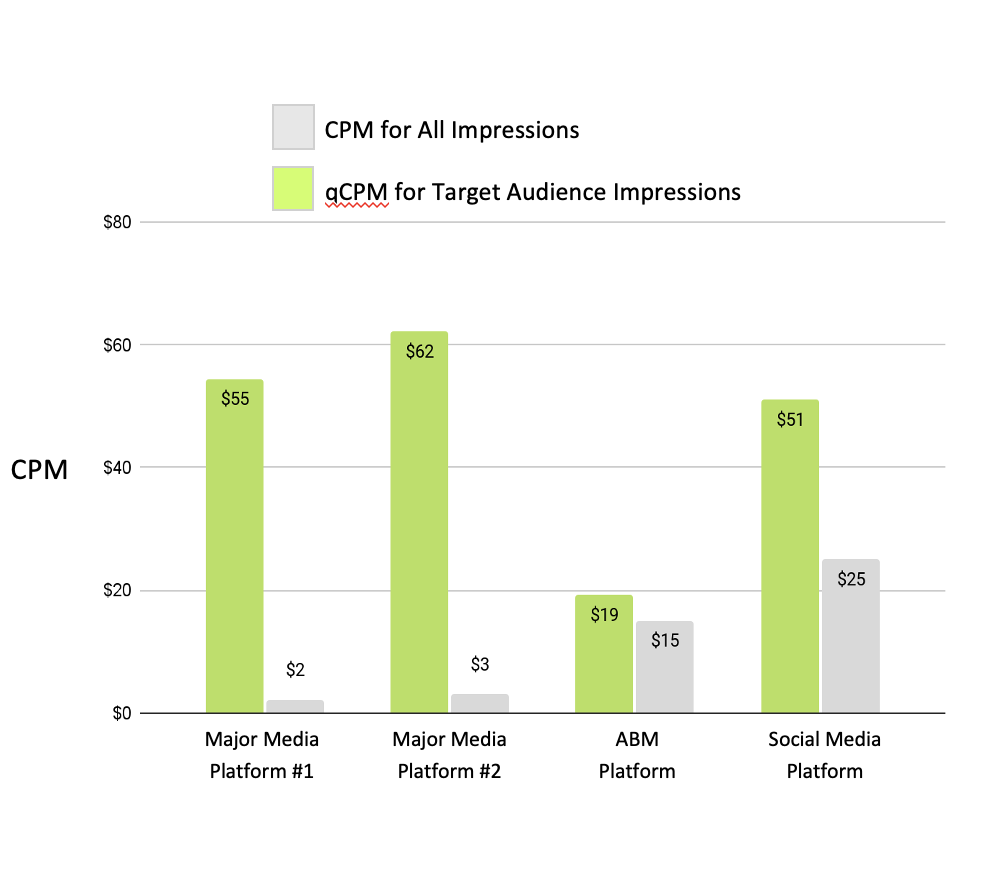Drive more meaningful, cost-efficient results by leveraging view-through technology to measure and compare your campaigns.
It’s official: wand-waving and fuzzy math no longer cut it when it comes to measuring and optimizing B2B marketing performance. Your digital campaigns are expensive – sometimes outrageously so – which means it’s more critical than ever that you understand precisely how they are impacting your target audiences and your bottom line. With a multitude of platforms vying for your attention (not to mention your budget), the goal is not just to launch campaigns, but to launch them with precision, ensuring they resonate with your intended audience. Otherwise, as we’ve noted before, you’re doing worse than lighting your money on fire.
Historically, to figure out how to optimize your investments across display, social, email, etc., your choices have been to a) rely on self-reporting from each inherently biased vendor; or b) turn to broken and ineffective attribution models that rely solely on click-through behaviors of known individuals. Of course, neither route is all that appealing… In this blog, we’ll dive into a more nuanced approach to understanding campaign reach, audience engagement, and, importantly, cost efficiency.
How and What to Measure
In redefining the measurement of B2B marketing effectiveness, the spotlight shifts from clicks to reach and engagement from your target audience. Understanding the full scope of your campaign’s impact involves tracking which impressions are being served to your target accounts, a crucial metric given the rarity of ad clicks.
But how do we actually measure that? Through the use of what on the surface seems simple: a pixel. By embedding a cookie-free impression pixel within digital assets, you are no longer reliant upon clicks; you can illuminate the extent to which your target audience is engaging with your content from the point at which they see it.
View-through technology enables you to go beyond traditional metrics, offering a clearer understanding of your campaign’s reach and effectiveness. This approach empowers B2B marketers to make informed decisions based on the quality of engagement, not just quantity. It’s a step toward marketing that connects, resonates, and ultimately, drives meaningful results.
Behind the Numbers: Comparison for Context
In the quest to optimize B2B marketing campaigns, we used this pixel technology to conduct an in-depth analysis comparing four distinct vendors: two major display advertising platforms, a prominent social media platform, and an advanced ABM (Account-Based Marketing) platform. This comparison aimed to provide a clearer picture of their relative performance using our new technology. Here’s what we discovered:
- B2B Technologies vs. Display Advertising Platforms
Turns out that specialized B2B technologies significantly outperform large display advertising platforms in targeting and engaging the right audience. While display platforms offer scale, they often lack the precision needed for effective B2B marketing. - The Misfit of Walled-Garden Social Platforms
The social media platform, despite its vast reach, included “look-a-like” audiences that didn’t align well with our Target Addressable Market (TAM). This misalignment suggests that the broader reach of such platforms does not necessarily translate into quality engagement for B2B marketers. - Focusing on TAM Engagement and Pipeline Impact
A key takeaway is the importance of focusing on engagement within the TAM and its subsequent impact on the sales pipeline. This focus shifts the narrative from broad-based metrics to more meaningful, targeted engagement.
- Inefficient Targeting in Large Media Platforms
Despite their lower CPM, large media platforms showed inefficiencies in targeting B2B audiences. The scale does not always equate to effectiveness, especially when the goal is to reach a specific, professional audience. - The Emergence of qCPM as a Key Metric
Finally, our analysis underscores the importance of “qCPM” – the cost per qualified 1,000 impressions. This metric emerged as a crucial measurement for evaluating brand campaigns, offering a more accurate reflection of value and impact.

The Takeaway: Redefining Success in B2B Campaigns
By moving beyond traditional metrics and embracing a more nuanced view of reach and engagement – made possible by advances in view-through technology – we marketers can now look at the true impact of our campaigns on our most valued audiences. As we’ve seen through our comparative analysis, this approach not only enhances the precision of our marketing efforts but also drives more meaningful, cost-efficient results.

